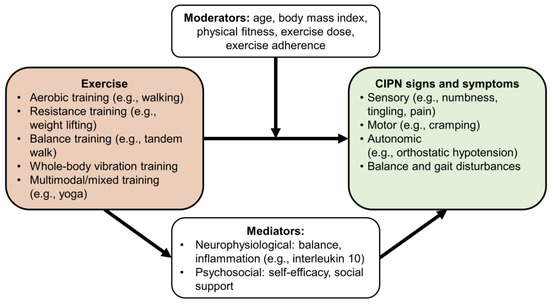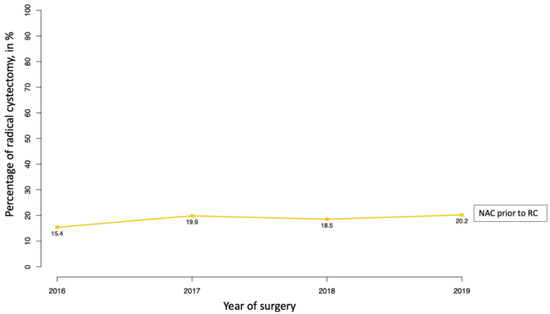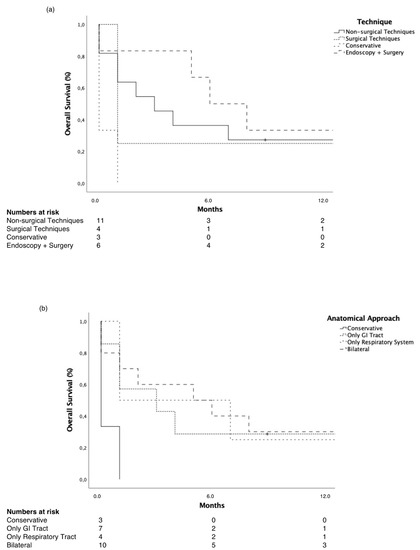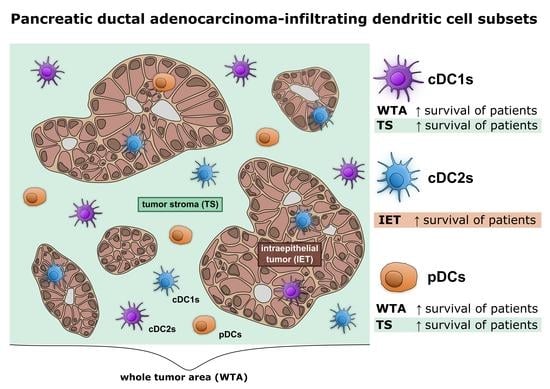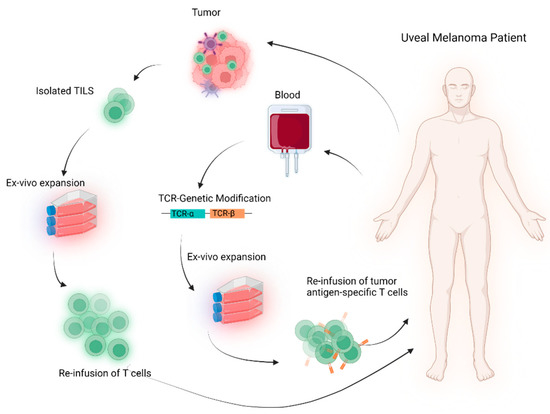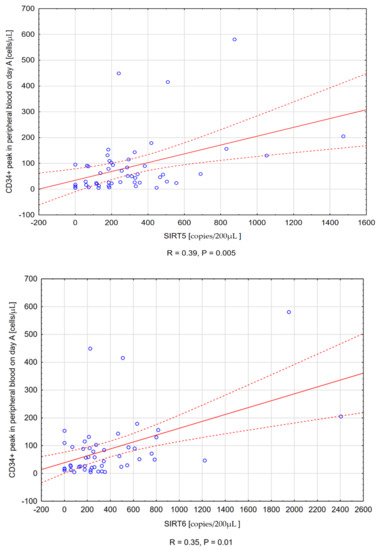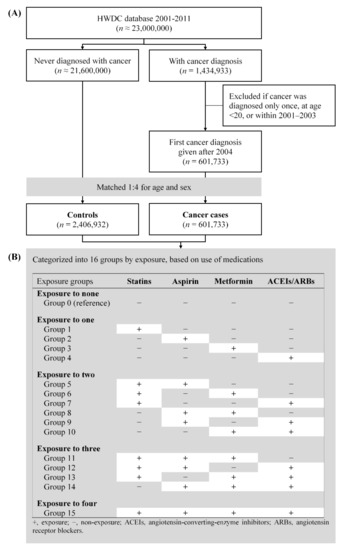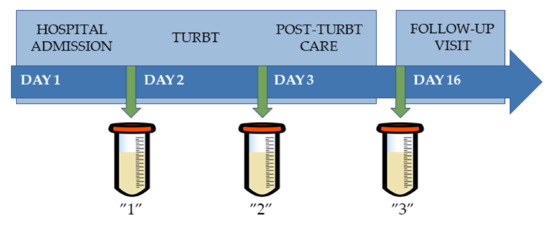Cancers 2022, 14(5), 1225; https://doi.org/10.3390/cancers14051225 - 26 Feb 2022
Cited by 10 | Viewed by 3349
Abstract
The tumor microenvironment (TME) plays a determining role in everything from disease progression to drug resistance. As such, in vitro models which can recapitulate the cell–cell and cell–matrix interactions that occur in situ are key to the investigation of tumor behavior and selecting
[...] Read more.
The tumor microenvironment (TME) plays a determining role in everything from disease progression to drug resistance. As such, in vitro models which can recapitulate the cell–cell and cell–matrix interactions that occur in situ are key to the investigation of tumor behavior and selecting effective therapeutic drugs. While naturally derived matrices can retain the dimensionality of the native TME, they lack tunability and batch-to-batch consistency. As such, many synthetic polymer systems have been employed to create physiologically relevant TME cultures. In this review, we discussed the common semi-synthetic and synthetic polymers used as hydrogel matrices for tumor models. We reviewed studies in synthetic hydrogels which investigated tumor cell interactions with vasculature and immune cells. Finally, we reviewed the utility of these models as chemotherapeutic drug-screening platforms, as well as the future directions of the field.
Full article
(This article belongs to the Special Issue Tumor Vasculature and Immunity in Cancer)
►
Show Figures

